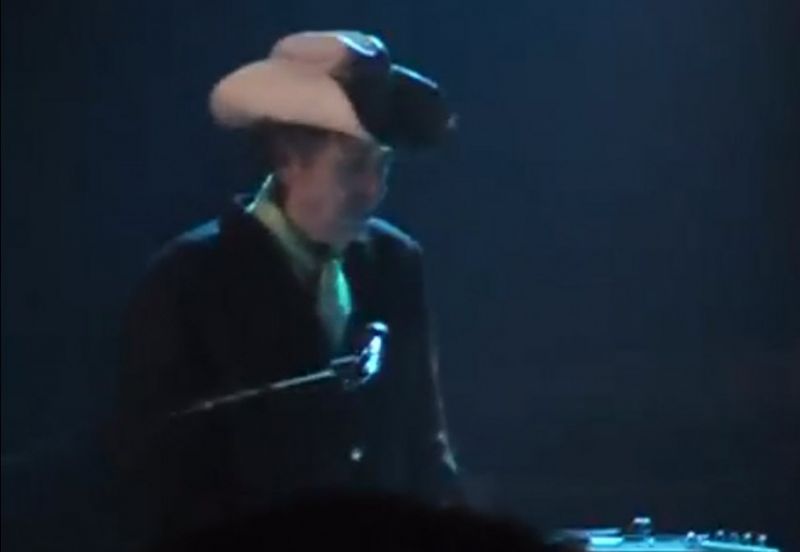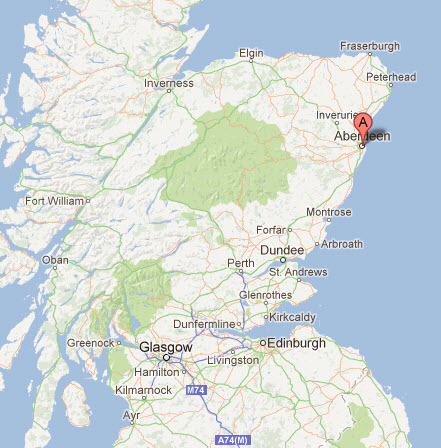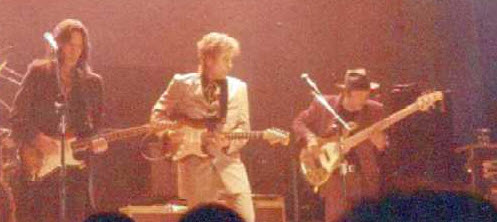[vc_row][vc_column][vc_message message_box_color=”mulled_wine” icon_fontawesome=”fa fa-quote-left”]Would you spend the night of Friday the 13th in a huge medieval castle? The folks that chose to do so on this cold, rainy evening, found it to be one of the luckiest days of their lives. Dylan is in top form, and the show is another near perfect performance in a string of many along this tour.
–bobsboots.com[/vc_message][/vc_column][/vc_row]
Stirling Castle
Stirling, Scotland
13 July 2001
- Bob Dylan (vocal & guitar)
- Charlie Sexton (guitar)
- Larry Campbell (guitar, mandolin, pedal steel guitar & electric slide guitar)
- Tony Garnier (bass)
- David Kemper (drums & percussion)
Continue reading July 13: Watch Bob Dylan @ Stirling Castle, Scotland 2001 – Great Concert






